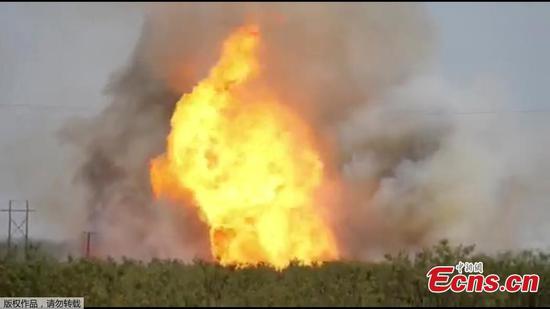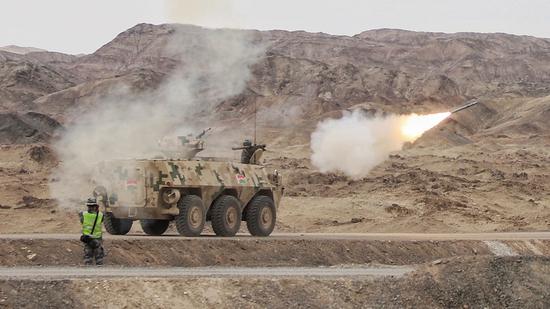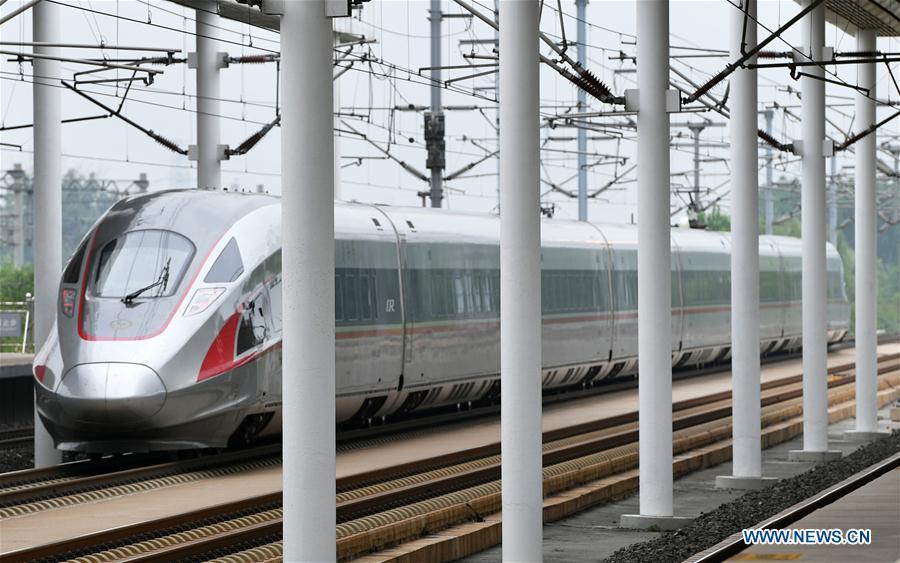
Photo taken on July 11, 2018 shows a Beijing-Tianjin intercity train at Wuqing Railway Station in Tianjin, north China. On Aug. 1, 2008, the Beijing-Tianjin high-speed train service opened China's first high-speed railway line. The length of high-speed railway lines in China increased from zero 10 years ago to 25,000 km by 2017, accounting for 66 percent of the world's total. (Xinhua/Li Ran)
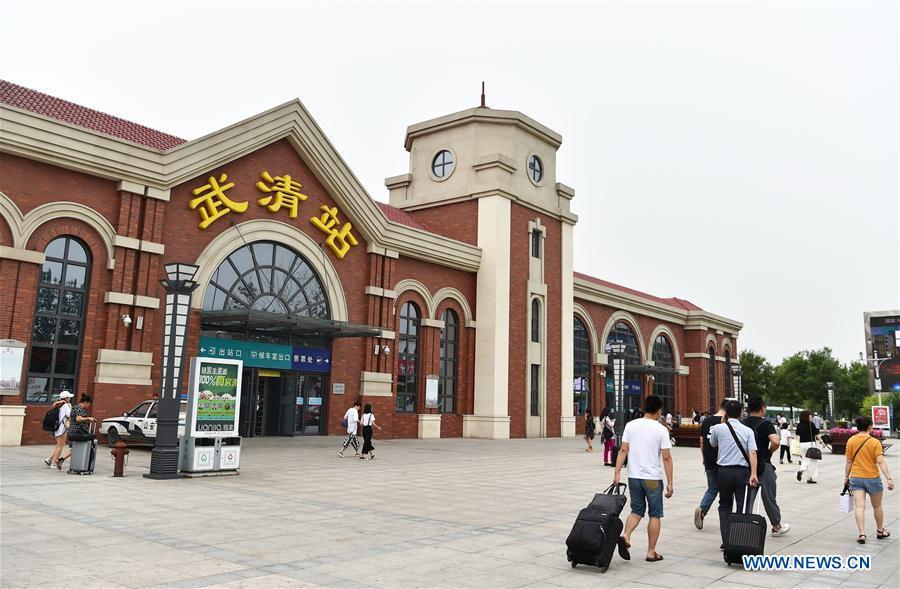
Photo taken on July 11, 2018 shows the Wuqing Railway Station in Tianjin, north China. On Aug. 1, 2008, the Beijing-Tianjin high-speed train service opened China's first high-speed railway line. The length of high-speed railway lines in China increased from zero 10 years ago to 25,000 km by 2017, accounting for 66 percent of the world's total. (Xinhua/Li Ran)
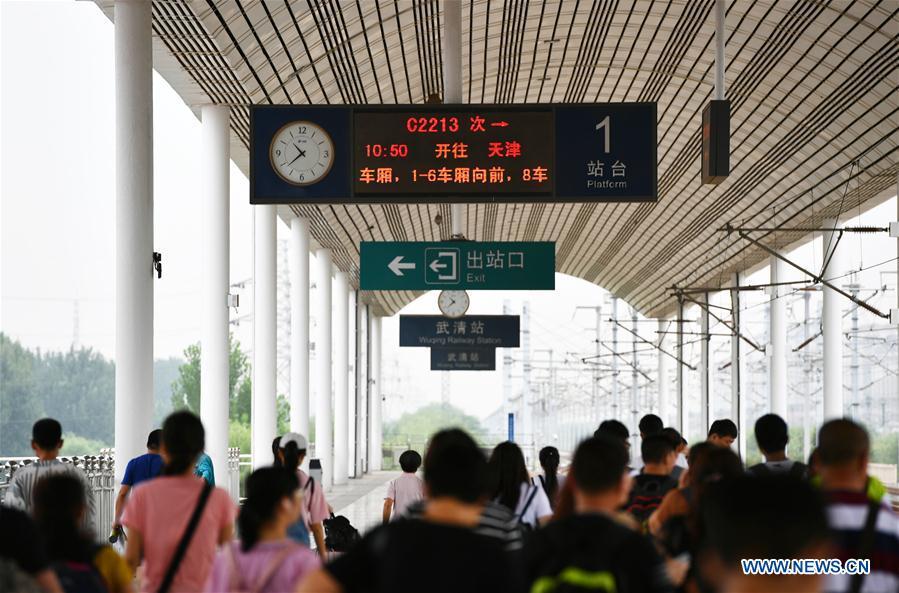
Passengers wait in lines for the train at Wuqing Railway Station in Tianjin, north China, July 11, 2018. On Aug. 1, 2008, the Beijing-Tianjin high-speed train service opened China's first high-speed railway line. The length of high-speed railway lines in China increased from zero 10 years ago to 25,000 km by 2017, accounting for 66 percent of the world's total. (Xinhua/Li Ran)
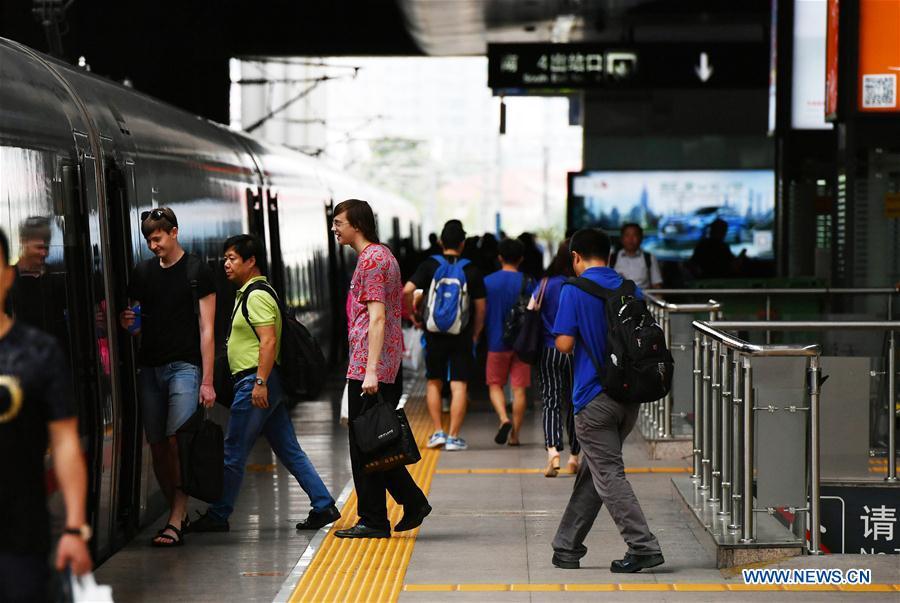
Passengers board a Beijing-Tianjin intercity train at Tianjin Railway Station in Tianjin, north China, July 10, 2018. On Aug. 1, 2008, the Beijing-Tianjin high-speed train service opened China's first high-speed railway line. The length of high-speed railway lines in China increased from zero 10 years ago to 25,000 km by 2017, accounting for 66 percent of the world's total. (Xinhua/Li Ran)
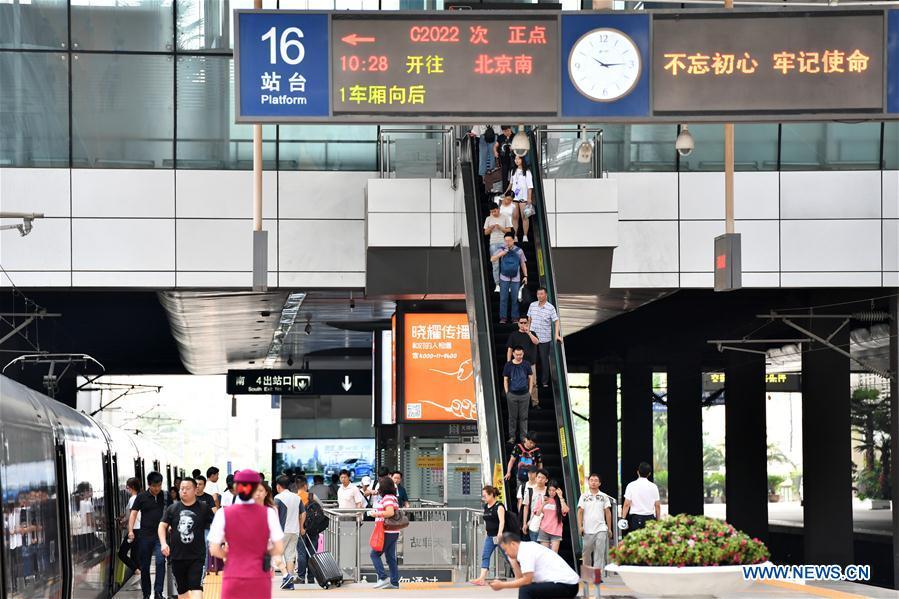
Passengers arrive to board a Beijing-Tianjin intercity train at Tianjin Railway Station in Tianjin, north China, July 10, 2018. On Aug. 1, 2008, the Beijing-Tianjin high-speed train service opened China's first high-speed railway line. The length of high-speed railway lines in China increased from zero 10 years ago to 25,000 km by 2017, accounting for 66 percent of the world's total. (Xinhua/Li Ran)












